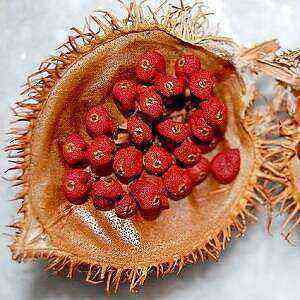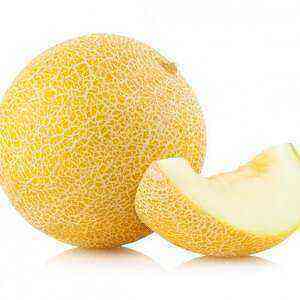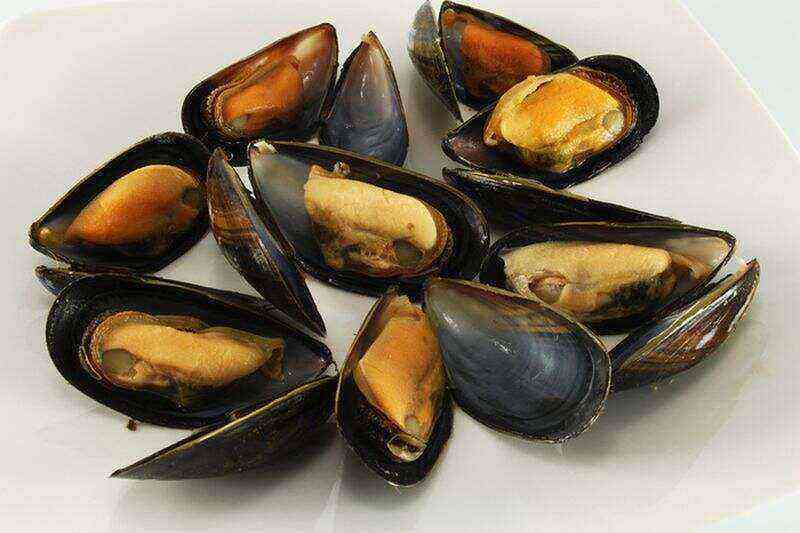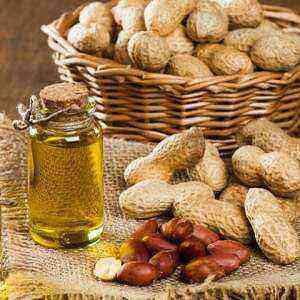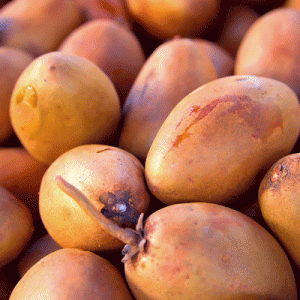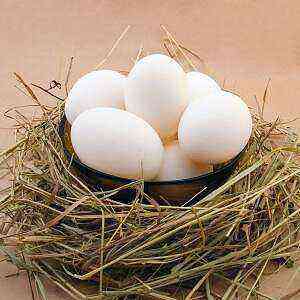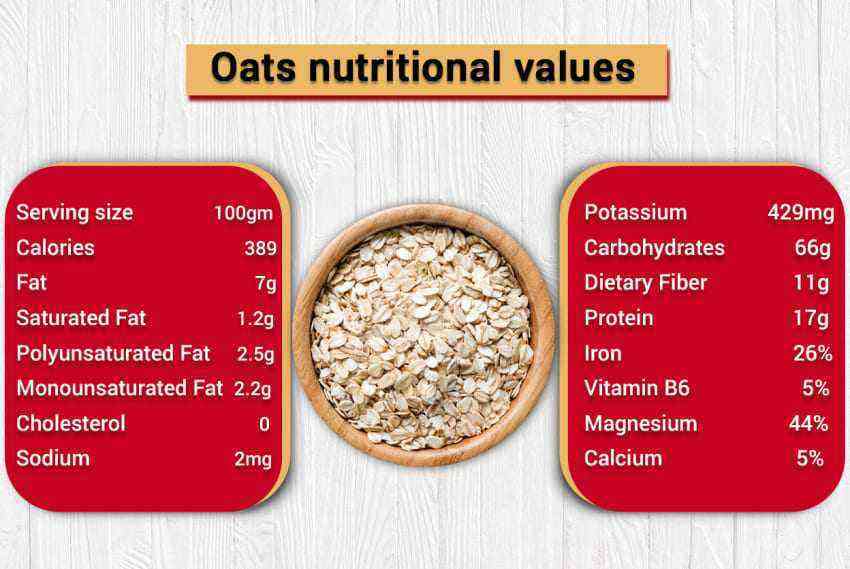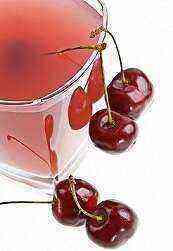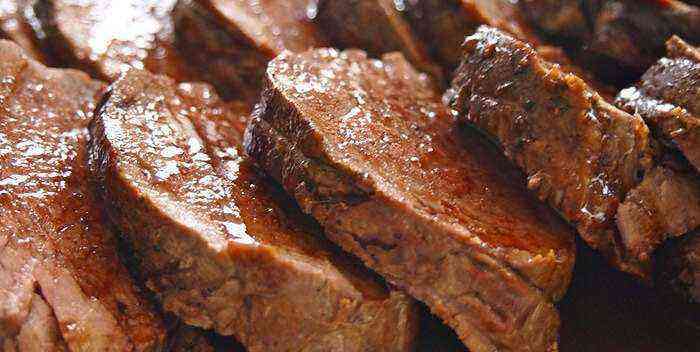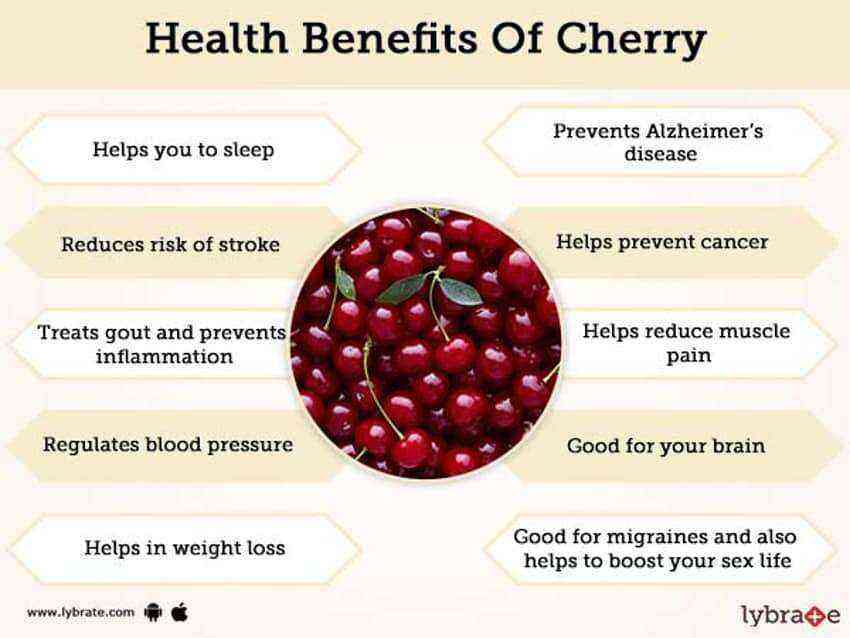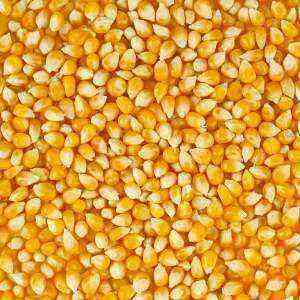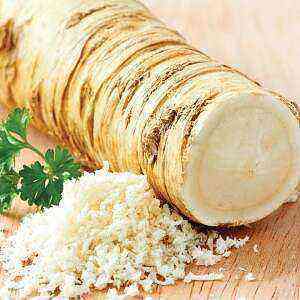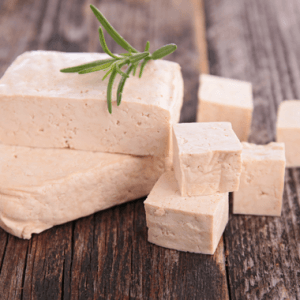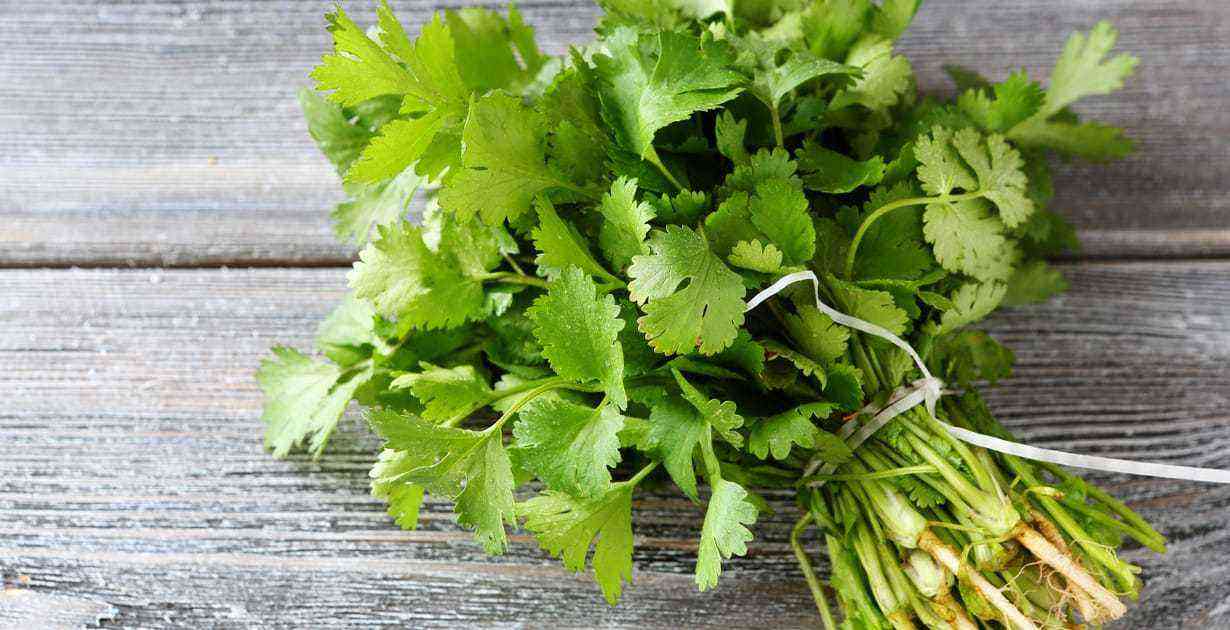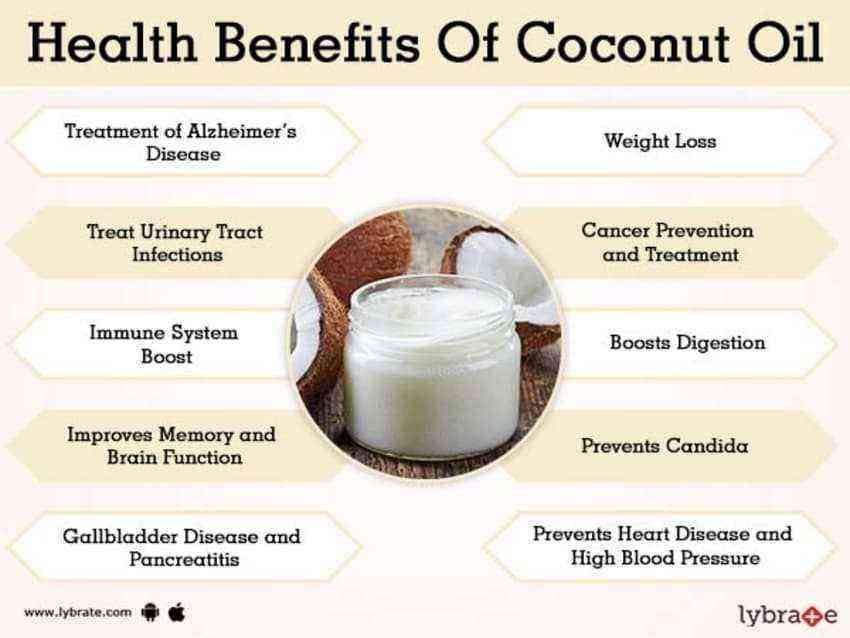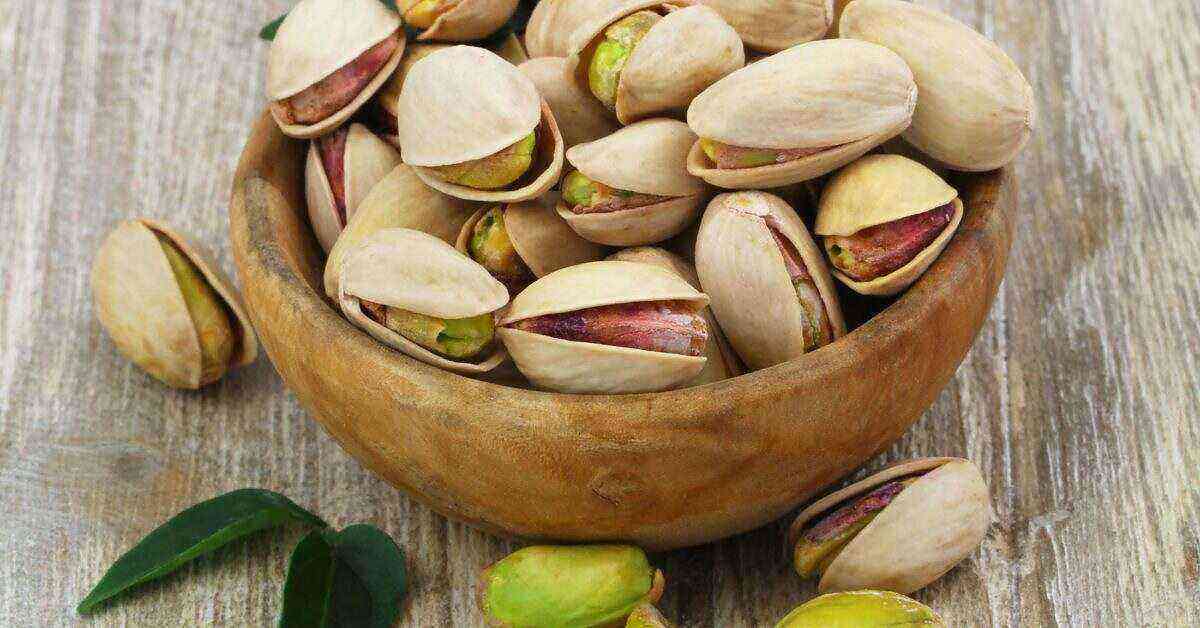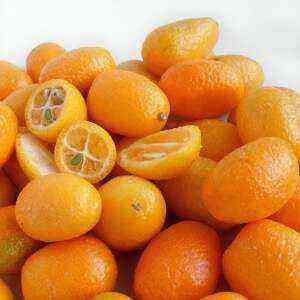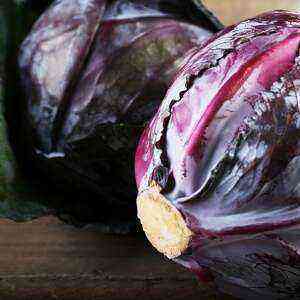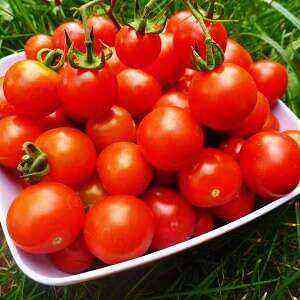
Currently, tomatoes are considered one of the most sought after crops in the world, widely used in the food industry.
According to the content of vitamin C, tomatoes share championship laurels with blackcurrant and citrus. They stimulate the kidneys, remove toxins, toxins, accelerate metabolic processes, relieve swelling, relieve constipation, bloating, fight against anemia, gastritis with low acidity, general malaise, and high cholesterol.
Botanical description
According to the culinary classification, the tomato is a vegetable, and the botanical classification is a berry.
Due to high demand, many varieties of product have been developed, which differ in: shape (heart-shaped, oblate, round, elongated), color (yellow, orange, pink, red, purple, maroon), surface character (medium silver, high ribbed, smooth , slightly ribbed), mass (from 0,02 kg to 1 kg / 1 fruit), the length of the growing season (very early, early, mid-early, late, very late).
The tomato has a root system of monopodial (rod) character, which is located in the upper layers of the soil. Stem covered with hairs, erect or lodging.
According to plant height, the culture is divided into the following types: dwarf (up to 30 cm), low (30-50 cm), medium (50-90 cm), high (90-150 cm), very high (over 150 cm).
Leaves consist of lobes, alternate. The inflorescence is a racemose curl, depending on the variety, it can be polysyllabic, uncomplicated or simple.
The fruit is a watery, juicy berry with small seeds of a triangular-kidney-shaped configuration. The surface, shape and size of the tomato are highly dependent on the growing conditions. With unfavorable factors, the berry loses its ribbing, rounds, and decreases in size relative to the usual parameters of the variety.
Tomato seeds remain viable for 5-7 years.
Interestingly, the duration of the growing season of the plant depends on the territorial location of the site. As fields move from south to north, maturation is extended. As a result, the period of emergence may shift to 30 days.
Chemical composition

Energy value, on 100 g product:
- yellow tomatoes, raw – 15 kcal;
- orange tomatoes, raw – 16 kcal;
- red tomatoes, raw – 18 kcal;
- cherry tomatoes, raw – 27 kcal.
The energy ratio of B: W: Y is 12%: 9%: 84%.
The fruits contain anthocyanins, abscisic acid, sterols, triterpene saponins, and the leaves contain essential oil and glycoalkaloids (tomato, tomatidine).
Aldehydes (furfural, benzaldehyde) and volatile alcohols (isovalerian, isobutyl) give a characteristic aroma to tomatoes, and the color is given by phenols, anthocyanins, anthoxanthins, lycopene and carotene.
Table № 1 “Tomatoes nutritional value by type”
Components
Content in 100 grams of product, grams
Yellow
Orange
Red
Cherry
Вода
95,28
94,78
94,52
93,4
Углеводы
2,98
3,18
3,89
3,84
Белки
0,98
1,16
0,88
1,2
Пищевые волокна
0,6
0,8
1,1
0,81
Зола
0,4
0,59
0,4
0,4
Органические кислоты (щавелевая, янтарная, винная, лимонная, яблочная)
0,6
0,6
0,6
0,6
Моно- и дисахариды
3,5
3,2
2,63
2,01
Жиры
0,28
0,18
0,2
2,02
Ликопин
–
–
2,573
2,16
Лютеин+Зеаксантин
–
–
0,123
0,08
Table № 2 “The chemical composition of tomatoes by type”
Name
Nutrient concentration in 100 grams of product, milligrams
Yellow
Orange
Red
Cherry
Vitamins
Аскорбиновая кислота (C)
9,0
15,0
13,7
24,0
Ниацин (В3)
1,179
0,593
0,594
0,49
Пантотеновая кислота (В5)
0,12
0,186
0,089
–
Пиридоксин (В6)
0,056
0,059
0,078
0,1
Рибофлавин (В2)
0,047
0,034
0,019
0,039
Тиамин (В1)
0,041
0,046
0,037
0,06
Фолиевая кислота (В9)
0,031
0,029
0,015
0,0113
Бета-каротин (A)
–
0,075
0,449
1,2
Холин (B4)
–
–
6,7
–
Токоферол (Е)
–
–
0,54
0,40
Бетаин
–
–
0,1
–
Филлохинон (K)
–
–
0,0079
–
Macronutrients
Калий
258,0
212,0
237,0
290,7
Фосфор
36,0
30,0
25,0
27,0
Кальций
11,0
6,0
9,0
14,3
Натрий
23,0
41,0
6,0
39,0
Магний
11,0
9,0
10,0
20,1
Хлор
–
–
56,0
61,0
Сера
–
–
11,0
11,0
Trace Elements
Железо
0,49
0,46
0,26
0,9
Цинк
0,28
0,13
0,18
0,2
Марганец
0,11
0,088
0,114
0,14
Медь
0,101
0,062
0,059
0,112
Селен
0,0004
0,0004
0,0004
0,0004
Фтор
0,02
0,02
0,023
0,0201
Молибден
0,007
0,007
0,007
0,007
Кобальт
0,005
0,005
0,005
0,005
Йод
0,002
0,002
0,002
0,0021
Бор
0,115
0,115
0,115
0,115
Хром
–
–
–
0,005
More than 60 million tons of tomatoes, 44 million tons of bananas and 36 million tons of apples are grown annually in the world. The largest areas of vegetable plantations are concentrated in China, where the volume of plant cultivation is 16% of total production worldwide. It is interesting that tomatoes contain the “hormone of happiness” serotonin, which improves mood, and the bulk of ascorbic acid is concentrated in the environment of seeds.
Interestingly, heat treatment (for 2 minutes of cooking) on 1 / 3 increases the volume of lycopene in tomatoes. And red varieties contain more nutrients than yellow ones.
In the pulp of ripe fruit there are phytoncides that prevent the development of infection.
Useful Properties

Tomato is a home healer used to treat nervous disorders, depression, low acidity gastritis, eye diseases, skin, upper respiratory tract infections, wounds, burns, colds, ARVI. And also for the prevention of atherosclerosis, avitaminosis, increased libido.
Vegetable has diuretic, choleretic, anti-inflammatory, antioxidant properties.
“Strength” of tomatoes:
- Reduce blood pressure, prevent the formation of blood clots, lead to normal acid-base balance.
- Prevent the growth and decay of cancer cells.
- Improve metabolism, quench thirst well.
- Normalize the work of the heart, nervous system, digestion.
- Cheer up, support immunity, give strength to the body.
- Neutralize toxins accumulated in the intestine, promote the elimination of cholesterol.
- Improve the assimilation of information, prevent eye diseases.
- Promote weight loss. Potassium salts reduce the ability of body tissues to retain water. As a result, kilograms go along with excess fluid.
Remember, most nutrients are found in the skin of a tomato, so it should not be peeled.
Tomatoes are especially useful for smokers. Biologically active substances in their composition, break down and remove from the lungs nicotine toxins, resins. In addition, they normalize taste, relieve teeth from tobacco plaque.
In the absence of contraindications, a tomato can be included in the daily ration of up to 5 pieces.
Due to the rich vitamin and mineral composition it is recommended to spend fasting days on tomatoes from time to time.
Doctors bans
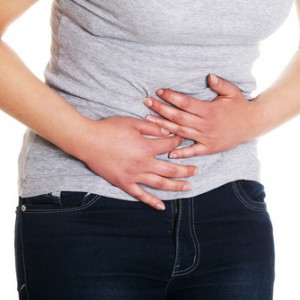
Tomatoes provide a hidden risk to human health in the following cases:
- With individual intolerance. Bright fruits, like citrus fruits, chocolate are the strongest allergens, they can cause hives, sneezing, coughing, swelling, runny nose and pain in the eyes.
- With gallstone disease. The organic acids in tomatoes activate the work of the stomach, pancreas, participate in the digestion process, enhance intestinal motility, have a strong choleretic effect, which can lead to the shift of stones in the gallbladder and only threatens to worsen the patient’s health.
- With pancreatitis. Tomatoes provoke inflammation of the pancreas. The most dangerous for the health of the patient provide unripe, green fruit.
- With kidney disease. Oxalic acid disrupts water-salt metabolism, which exacerbates problems with the genitourinary system. In addition, canned tomatoes contribute to the growth of kidney stones (if there is such a predisposition).
- With diseases of the gastrointestinal tract. Gastritis and stomach ulcers, especially in the acute phase, are direct contraindications to the use of tomatoes.
- With diseases of the joints. Oxalic acid, concentrated in the fruit, causes severe pain in the mobile connection of the ends of the bones, so the product is excluded from the patient’s daily menu.
- With hypertension. People with impaired heart function should exclude pickled, salted and canned tomatoes from their usual diet.
It is not recommended to combine the reception of tomatoes with eggs, fish, bread or meat. The minimum interval between eating vegetables and food data is 2 hours. In addition, food should not be washed down with tomato juice. In order to avoid dilution of gastric juice and deterioration of food digestion, it is consumed 30 minutes before a meal or in between meals.
Tomato classification

Types of tomatoes in the form:
- Meaty. This is the most delicious species, the distinctive feature of which are the large size of the vegetable. Used for making salads.
- Round. A characteristic feature is the correct shape, which gives the product a beautiful presentation. They are used in cooking for stuffing and preparing dishes that emphasize the ideal shape of the vegetable.
- Cream Tomatoes. They have medium size, elongated shape, have a refined taste. Cooks use the product for sauces, seasonings and preservation.
- Cherry tomatoes. These are small, nut-sized tomatoes that are added to salads and appetizers as a whole to emphasize the sophistication of the dish. Unlike large brothers, the solids content in them is 2 times higher. Thus, when using the same amount of ordinary tomatoes and cherry, in the second case, the human body will receive 2 times more antioxidants, sugars, vitamins.
Cream tomatoes are valued lower than round solanaceous representatives. At the same time, the laurels of the championship belong to small cherry and fleshy varieties with an attractive appearance (the first) and an unusually sweet taste (the second).
Variety of tomatoes by ripening:
- Ultra-ripe (80-85 days). As a rule, superdeterminate tomatoes belong to this species. The pulp of the fruit is not sweet due to the fact that the culture grows with a short daylight hours.
Ultra early ripening fruits include the following varieties: Lark F1, Olya F, Cherry Stream F1, Sanka, Children’s sweetness.
- Early ripe (90-95 days). This group includes medium-sized determinant varieties and low standard tomatoes.
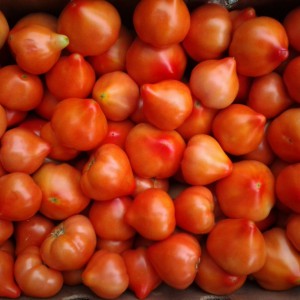
- Medium early (100-103 of the day). Grown under temporary film shelter, in a greenhouse or in open ground, having beds on the south side of the site. Common varieties: Verlioka plus F1, Moscow delicacy, Blagovest F1, Giant of Moscow region.
- Mid-season (100-115 days). Fruits require more sunlight to ripen crops than early varieties.
Mid-season varieties include: Siberian miracle, Ukhazher, Budenovka, Konigsberg, French grove, Kostroma F1.
- Late ripening (120-130 days). The best option for growing tomatoes is a greenhouse. Otherwise, when cultivating the plant in the open field, early frosts can lead to loss of yield.
Popular varieties: De Barao, Titan, Bull Heart, Finish, Finik, Vladimir F1.
As intended, tomatoes are isolated for fresh consumption (with thin skin, fleshy, juicy, sweet pulp), for processing (have a dense structure, fleshy with a minimal amount of seeds), for canning (with hard skin, the correct form), universal varieties (have all listed advantages).
The traditional color of tomatoes is red. Purple, green, orange, yellow, black, white and pink tomatoes are much less common. The characteristic color of the fruit is given by the following pigments: lycopene, ascorbic acid, alpha and beta carotene, phenols, anthocyanins, anthoxanthins.
The best tomato varieties according to taste characteristics are “Miracle of the Earth”, “Dina”, “Appetizing”, “Brown Sugar”, “Bull’s Heart” and “Bull’s Forehead”.
Indeterminate or determinant
Tomato is a herbaceous plant that by nature can grow as a liana throughout its life. Wild representatives swarm around available zones in their homeland (in America), creeping along the ground. Currently, by breeding cultivated forms with limited growth and high precocity of fruits.

- Indeterminate (unlimited growth). Tomatoes of this variety are differently called liana-like, climbing. They are cultivated in the open, closed ground. The plant grows continuously due to the formation of lateral shoots, which are advanced from the leaf bosom. Tall varieties are sown in liter tetrapacks, and determinant varieties in wide peat pots.
Lianovidnymi tomatoes are usually not early, therefore they are buried in the soil before the others. This variety continuously fructifies after laying the first 5 brush for months of the year.
Popular varieties: Budenovka, Bullish heart, St. Andrew’s surprise, Pink Magic F1, Grandma’s Secret, Giant raspberry.
- Shrub. A distinctive feature of the species is limited growth. The stem of the plant is crowded, stopping to stretch up after the laying of three inflorescences between which 1-2 leaves are concentrated. These are early-growing varieties that are cultivated for a quick harvest.
- Superdeterminate – dwarf plants. They are a branched bush with inflorescences at the top. No more than 3 brushes are formed on the main stem. At the same time, the vegetative growth of the plant is inhibited for a long time.
The fruits of superdets are the most ripening, for 20 days it ripens up to 90% of the total harvest.
Varieties and hybrids: Children’s sweetness, Alaska, White filling, Sanka, Betalyuks, Children’s sweetness.
- Determinants have an average growth force, which stops after the formation of 5 brushes. In contrast to the previous type, the rate of development of shoots is more pronounced. Determinant varieties ripen 7 days later than the super determinant varieties, and the yield period of the crop is considered to be more extended. Therefore, it is advantageous to plant them in greenhouses, so the area is more rational.
The most common varieties: Ladies’ man, Oak, Sakhalin, Siberian early, Amur dawn, Aurora F1, King of the earliest, Golden heart.
A variety of determinant varieties are stemta tomato, having a strong stem, low “growth”. They do not require tying up the plant.

- Semi-determinate – tall tomatoes. The plant has unlimited growth and is crowned after the formation of 10 inflorescences. These are late-ripening varieties of large sizes.
Popular hybrids: Red arrow F1, Northern express F1, Yvette F1.
Today determinant varieties of tomatoes are the most popular. The positive features of which include: early ripeness, high yield (due to the laying of the ovary due to the smaller number of leaves), simultaneous fruit return from several brushes at once. Among the drawbacks of this type are: susceptibility to disease, lower overall yield due to limited growth of brushes, the need for mineral fertilizers in an increased amount and removal of stepsons (to avoid overloading the culture with ovaries).
Selection criteria and storage
Due to the wide assortment of varieties and hybrids of tomatoes presented for sale, you can get lost in their diversity and get bushes with rotting fruits lowered under the weight of their own branches instead of high yields. Before buying seeds, determine the purpose of cultivation of tomatoes: for fresh consumption, transportation to remote regions, processing and storage.
Selection Criteria:
- productivity;
- regionalization;
- taste qualities;
- disease resistance.
Most gardeners choose to grow the vegetable in greenhouses. This is especially true for areas with short and cold summers (northern regions). For full-fledged growth and development of the plant, the width of the greenhouse should not be less than 2 m, and the length – 4 m.At the same time, the distance between the beds should exceed 0,4 m.And its width is 0,8 m.It is believed that in a greenhouse it is better to simultaneously grow tall and undersized varieties. With the right combination, the harvest can be obtained within 7 months of the year.

- Estimate the size of the fetus. Avoid large vegetables, most likely chemical fertilizers were used in the process of growing them. Exceptions are varieties with large fruits, weighing up to 0,5 kg – “Pink Giant”, “Beef”, “Bull Heart”. In other cases, it is recommended to give preference to medium-sized tomatoes.
- Inspect the fetal shell. It should be a uniform color, shiny smooth, without spots, cuts and dents. Remember, in places of damage dirt, dust, harmful microorganisms can accumulate, which, when ingested, disrupt the natural microflora of the intestines and the digestive process.
- Inspect the tomato slice. If the inner chambers are filled, and the juice comes out on its surface, then the tomato is fresh.
- Smell. Green tomatoes have almost no smell, and fruits that exude a delicious juicy flavor are considered mature.
- Inspect the area of the stalk. It should be the same color as the entire surface of the tomato. Greenness, seals of yellow color indicate that the fruits are torn off in an immature state. As a result, such a product is devoid of all useful properties.
- Check elasticity. Fresh tomatoes are neither hard nor soft to the touch. In the first case, the fruits are considered unripe, in the second – plucked long ago.
Remember, too soft consistency of tomatoes indicates that the product has already started to rot.
Hard veins from the stalk around the circumference of the tomato, the light green color of the pulp indicate the use of chemical fertilizers in the process of growing the vegetable and the abundance of nitrates in their composition. Refuse to buy such a product.
The most useful are soil tomatoes, containing a maximum of useful nutrients.
Tomatoes are stored in a dark place at a temperature of 20-25 degrees maximum 3 of the day. Otherwise, they will overripe, become soft and begin to rot. Vegetables placed in the fridge lose their flavor. However, their shelf life is increased to one week. Unripe tomatoes are stored in a paper bag with apples.
To increase the shelf life of a large batch of tomatoes, vegetables are stored in boxes and boxes with the stalks upward, shifting each row with sawdust, straw or burlap. The ideal storage temperature for the product is 10 degrees above zero. In the case of a decrease in the indicator, the fruits can get sick and become moldy, the increase can become overripe and deteriorate. In addition, there should be good air circulation in the room. Fruits of compact size with a dense skin are best preserved.
Application in folk medicine

Interestingly, 100 g of tomatoes contains 2-3 times more iron than fish, chicken and milk. At the same time, people with gastrointestinal diseases accompanied by hypersecretion of hydrochloric acid should abandon the use of tomatoes because the acid in their composition has a corrosive effect on the mucous membranes of the digestive organs. This feature of tomatoes is used in the household for cleaning plumbing.
Homemade health recipes:
- To improve metabolism. Ingredients: fresh tomatoes (1 kg), Antonov apples (300 g), garlic (cloves with 2 heads), horseradish (100 g). All components grind. Take on an empty stomach 30 ml.
- Against anemia. Red tomatoes are a source of ascorbic acid and lycopene. These compounds improve the absorption of iron, which is involved in blood formation. To combat anemia, it is recommended to take daily 150 ml of freshly squeezed tomato juice 10 minutes before meals.
- For the treatment of respiratory diseases, elimination of cough. Ingredients: garlic (50 g), horseradish root (100 g), fresh tomatoes (1 kg). Grind all components to a uniform state using a blender. Direction of use: 15 ml 3 times per day for 20 minutes before a meal.
- Against varicose veins. To eliminate pain and cyanotic spots, slices of fresh tomato are applied to the swollen veins as a compress. The vegetable is fixed with a bandage, the dressing is left for 3 hours. After the specified time, the feet are rinsed with cool water. The procedure is carried out daily until a stable result is obtained.
- Against purulent wounds and abscesses. The pulp of tomatoes accelerates wound healing. In addition, fruits are credited with an antiseptic effect. According to clinical studies, it has been established that phytoncides contained in tomatoes inhibit the growth of pyogenic bacteria. The pulp of the fruit is ground into a uniform gruel and applied to a wound, an ulcer in a burr at 15 minutes, then removed with distilled water.
American scientists have come to the conclusion that the most effective natural way to protect against cancer is to eat a salad of fresh tomatoes and broccoli daily. The products contain substances that inhibit the growth and prevent the breakdown of malignant cells.
Skin Benefits

Mask Recipes:
- For normal skin (nourishing). Ingredients: pulp of one tomato, chicken yolk, flour. Mix until a homogeneous thick mass. Apply the mask on the face on 10 minutes, rinse.
Another recipe for the preparation of a nutritional mask: mashed tomato mass (from 1 fruit) mixed with grape juice (30 ml), warm boiled water (15 ml), honey (15 ml). Leave the mask on the skin for 10 minutes, remove the remnants with a napkin, wipe the face with a tonic.
- For dry skin (moisturizing). Ingredients: 20% cottage cheese (15 g), tomato (0,5 pieces), whole cow milk (30 ml), olive oil (5 ml). The components are well rubbed, the means applied to the skin for a quarter of an hour, wash.
- For oily skin (tightening pores). Ingredients: tomato (1 pieces), lemon juice (5 ml), flour (15 g). The components of the mask mix, apply on face, rinse with water.
- Skarb (to cleanse the dermis from the cornified particles). Ingredients: sour milk (15 ml), “tomato porridge” (from 1 fruit), olive oil (4 drops), ground oatmeal (15 g). The components of the scrub should be thoroughly mixed, applied to the skin, thoroughly massaged, rinsed with water.
In addition, based on tomato juice, a refreshing lotion is made from distilled water (70 ml), alum (2 g), squeezed tomatoes (30 ml), glycerin (5 ml) to reduce skin sweating. Tonic is recommended to be applied on cleansed skin in the summer.
Conclusion
Tomato is one of the healthiest and most common vegetables in the world. The chemical composition and medicinal properties of the product depend on the variety of fruits and the degree of their ripeness. Tomatoes are classified by fruit shape (large fleshy, round, cream, cherry), ripening time (ultra-early ripening, early ripening, mid-early, mid-ripening, late-ripening), plant height (indeterminate, super-determinant, determinant, semi-determinate and intended), color For winter harvesting, brown fruits are suitable, and for eating – red, yellow, orange, for preservation – green.
Tomatoes include carotenoids, organic acids, fiber, starch, minerals, pigment substances (xanthophyll, carotene, phenols, anthocyanins, antioxidants, lycopene), vitamins A, PP C, B, K. With regular use of the vegetable, heart function and condition improve skin, metabolic processes and body weight are normalized, immunity is increased, bone tissue is strengthened, the body’s energy resources are replenished, excess fluid is excreted, and iron-deficiency anemia stops developing.
Tomatoes are excellent antidepressants that promote the production of serotonin. Weekly rate of tomatoes should not exceed 40 pieces. Otherwise, instead of benefit, you can harm the health and provoke inflammation of the mucous membrane of the gastrointestinal tract. In addition to internal use, tomatoes are used externally as part of face masks, compresses for wounds, swollen veins.


